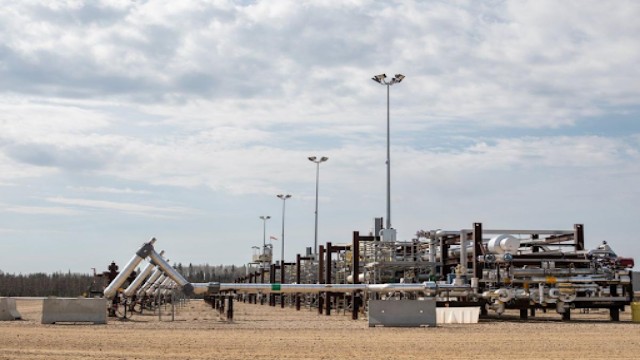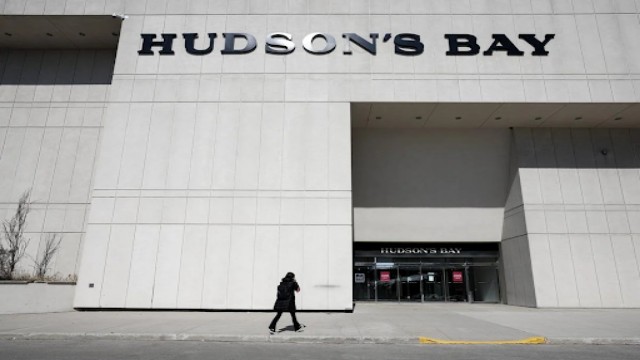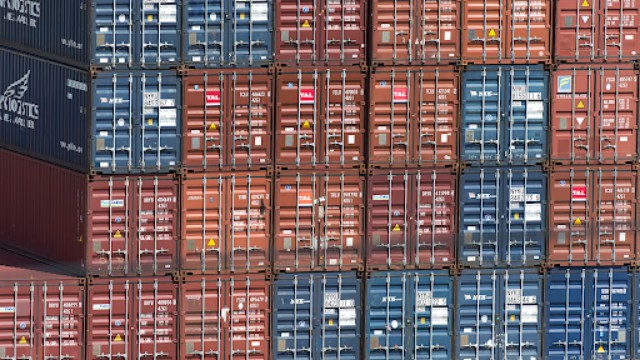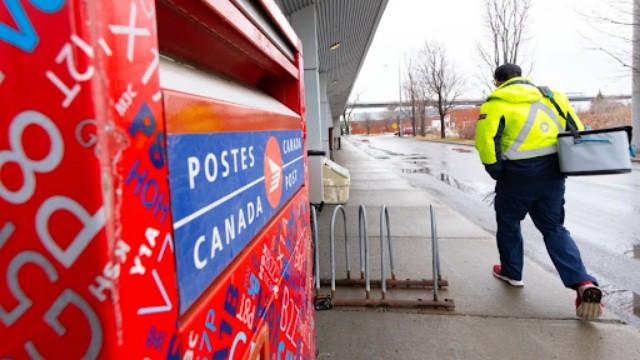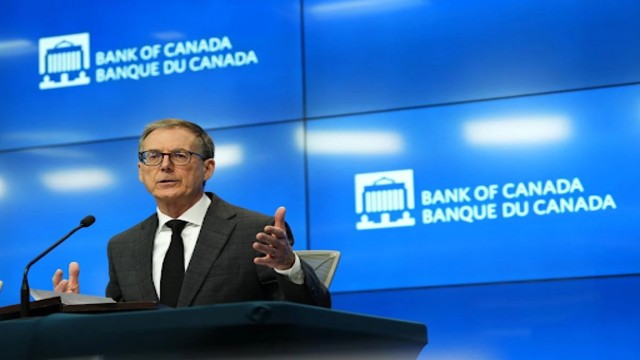
A man fills up at a gas station in downtown Vancouver on Aug. 13, 2024. Canada's inflation rate fell to 1.6 per cent in September, Statistics Canada reported Tuesday, with a drop in gasoline prices a key factor. (Justine Beaulieu-Poudrier/Radio-Canada)
Canada's inflation rate dropped to 1.6% in September, down from the Bank of Canada's target of 2% in August, according to a report from Statistics Canada released on Tuesday. This marks the smallest annual increase in the consumer price index since February 2021.
The decline in inflation was largely driven by lower gasoline prices, which fell by 10.7% compared to last year. Excluding gasoline, the overall inflation rate was 2.2%, unchanged from August.
However, despite the cooling inflation, certain costs, such as rent and groceries, remain high. For the second month in a row, food prices grew faster than overall inflation. While prices for seafood, nuts, seeds, and fish decreased, the cost of beef and eggs continued to rise.
Rent prices also saw slower growth in September, increasing by 8.2% year-over-year, compared to 8.9% in August. This slowdown was most notable in Newfoundland and Labrador, New Brunswick, and British Columbia.
Some experts believe this latest inflation reading increases the likelihood of a 50 basis point interest rate cut at the Bank of Canada's upcoming meeting on October 23. So far this year, the central bank has reduced its key interest rate three times, bringing it to 4.25%.
Karl Schamotta, chief market strategist at Corpay, commented, "The drop in headline inflation lowers the chances of a large rate cut at next week's Bank of Canada meeting. While we're not convinced the Canadian economy needs a drastic response, today's data does reduce the risks of acting more aggressively."
Bank of Canada Governor Tiff Macklem has indicated that further rate cuts are likely as inflation improves, though the timing and size of any cuts will depend on economic conditions. In September, Macklem expressed openness to adjusting the pace of cuts if needed.


